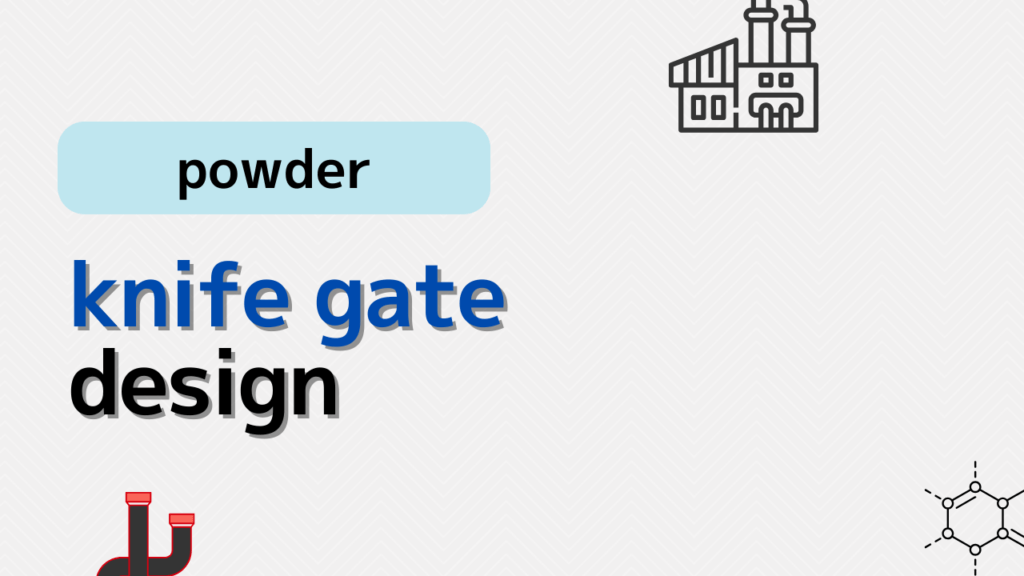When selecting knife gate valves, it’s easy to focus only on the type or size. But in real-world industrial settings, performance matters just as much—sometimes more. Engineers often face issues with valve leakage, clogging, or insufficient durability, all of which stem from choosing a valve that doesn’t match the process conditions.
In this article, I’ll explain the key performance factors you should consider when selecting a knife gate valve, especially for applications involving slurry, chemicals, or high-pressure systems. This guide is based on lessons I learned from designing and maintaining chemical plant equipment.
Introducing articles from plantengineering.co
A knife gate valve is a type of gate valve that is sometimes used around powder processing equipment.
We will explain its features and required performance.
This post is in a series about Valve
Do Ball Valves Trap Liquid? Important Design Tips for Piping Beginners
How Automatic Diaphragm Valves Control Flow in Piping Systems
Why Diaphragm Valves Are Easy to Use and Ideal for Chemical Plants
Why You Shouldn’t Overtrust Plastic Valves in Industrial Systems
Miniature Valves on Copper Tubes: A Simple Guide for Beginners
Small face-to-face distance
The biggest feature of the knife gate valve is its face-to-face distance.
It is very small.
A small face-to-face distance creates more space for the equipment.
Powder equipment often requires special equipment, making it difficult to reduce the space required for each piece of equipment, and plants often have height restrictions, so a small face-to-face distance is a great help to piping designers.
Leak-resistant
Knife gate valves are expected to have a relatively high level of leak resistance.
Complete shutoff is not required, as with other valves.
For example, when filling drums with powder on a powder filling line, the drums may be moved by opening and closing only the knife gate valve.
The same operation can be performed with a butterfly valve, but the knife gate valve has the advantage of being faster, with a smaller face-to-face distance, and not compressing the flow path area.
No chafing
Due to the nature of knife gate valves, there is a possibility that the valve disc and valve body may rub against each other.
Wear powder is a natural enemy of powder equipment.
It is necessary to select the appropriate material so that damage is minimal even if they rub against each other.
Conclusion
Knife gate valves are simple in structure but complex in behavior. Choosing the right one requires more than matching the pipe size—it requires understanding your process and asking the right performance questions.
If you’re unsure which valve to choose, consider working with a valve supplier or maintenance expert who understands your process conditions. Over time, you’ll build up your own “checklist” of what works and what doesn’t.
